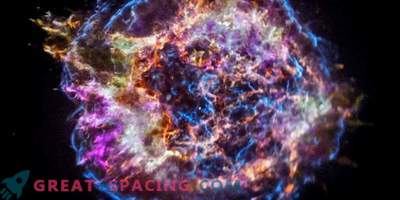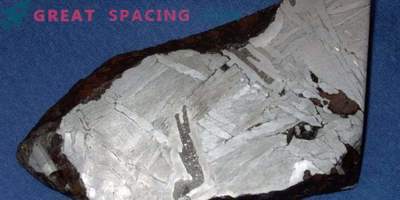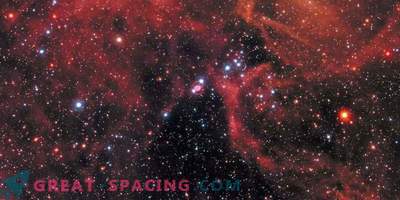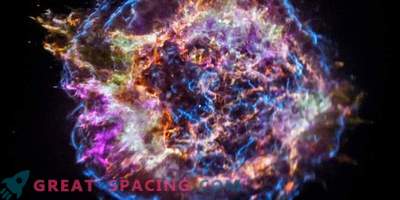
Cassiopeia A - Supernova remnant
Cassiopeia A is the youngest of the known supernova remnants in the Milky Way. These are the remains of a star that exploded almost 400 years ago. The primary object exceeded the solar mass by 15–20 times and lived on the territory of the constellation Cassiopea at a distance of 11,000 light years from Earth. This is a long distance, but now you can use virtual reality to describe what followed the explosion.
The VR (Virtual Reality) project uses X-ray data from NASA's Chandra mission, the Spitzer space telescope's infrared data and other telescope's optical readings. This allows you to expand the understanding of one of the most famous and widely studied celestial objects. The universe is dynamic and three-dimensional, but this is not visible in the ordinary view of outer space.
The project is repelled by previous research by Cassiopea A. First, it was necessary to transform a dead star into a three-dimensional model using x-ray and optical data from several telescopes. The information was then used to transform the model into a virtual reality experience using two visualization platforms - MinVR and VTK.
The virtual reality experience allows users to study the colorful digital visualization of a star explosion and interact with parts by reading signatures for identified materials. Astronomers study supernova remnants to better understand how stars create and distribute into space many of the elements observed on Earth. With the explosion of the star push all the elements into the universe. That is, they help to form the elements of life: from iron in our blood to calcium in bones. Scientists believe that all this comes from previous generations of exploded stars. In the three-dimensional and virtual models of Cassiopeia A, elements like iron, silicon, and sulfur are displayed in different colors.
The experience of virtual reality has allowed to see those details that previously did not catch the eye. For example, the researchers noted that various iron clots were in different places. VR platforms also open the door to a wider audience. As part of the project, the team has created a version that works with Google Cardboard or similar platforms for smartphones.
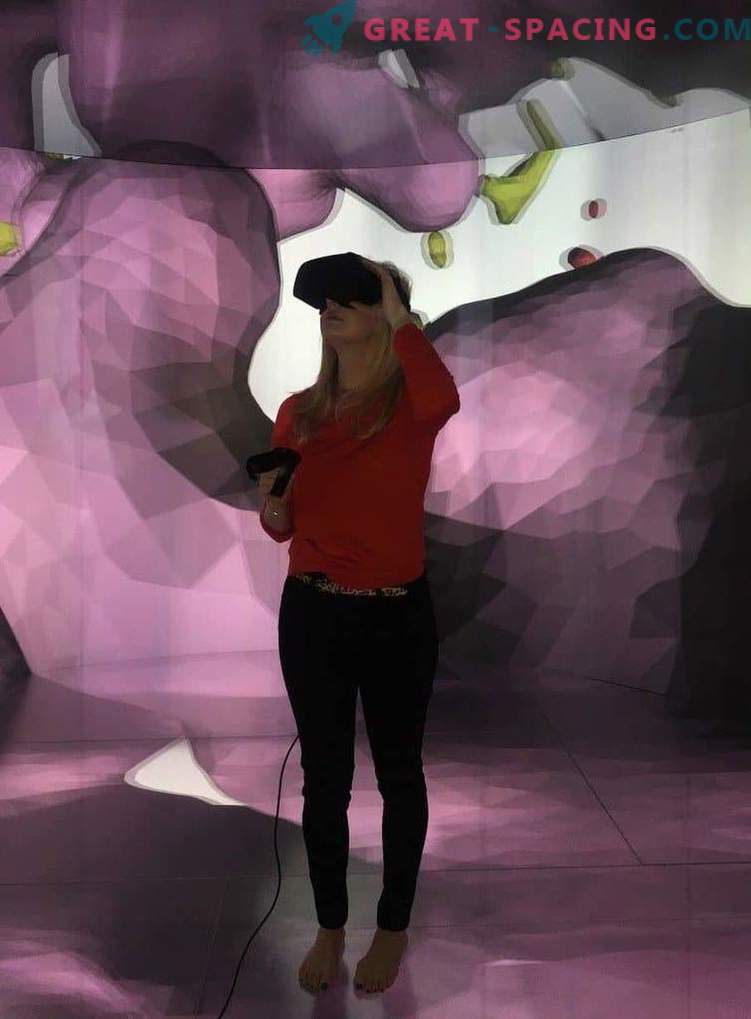
Wearing VR glasses Kim Arkand examines a three-dimensional image of the remnant of the supernova Cassiopeia A in the cave YURT VR in Brown
The popularity of VR is growing every year, so this is not only an entertainment element, but also an excellent educational tool. For example, it was used to help medical personnel prepare for operations. Scientists are working to open up more access to the virtual model of Cassiopeia A. For example, for people with visual impairments they added sound elements to colors. This should be of interest to a wide audience, because who does not want to wander inside a dead star?

